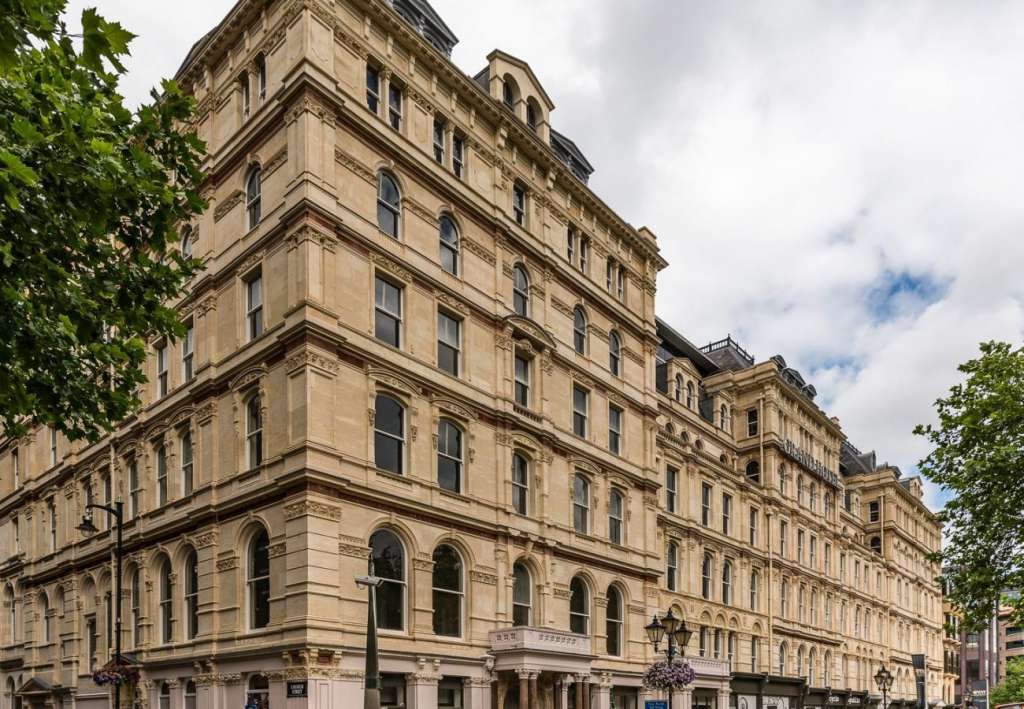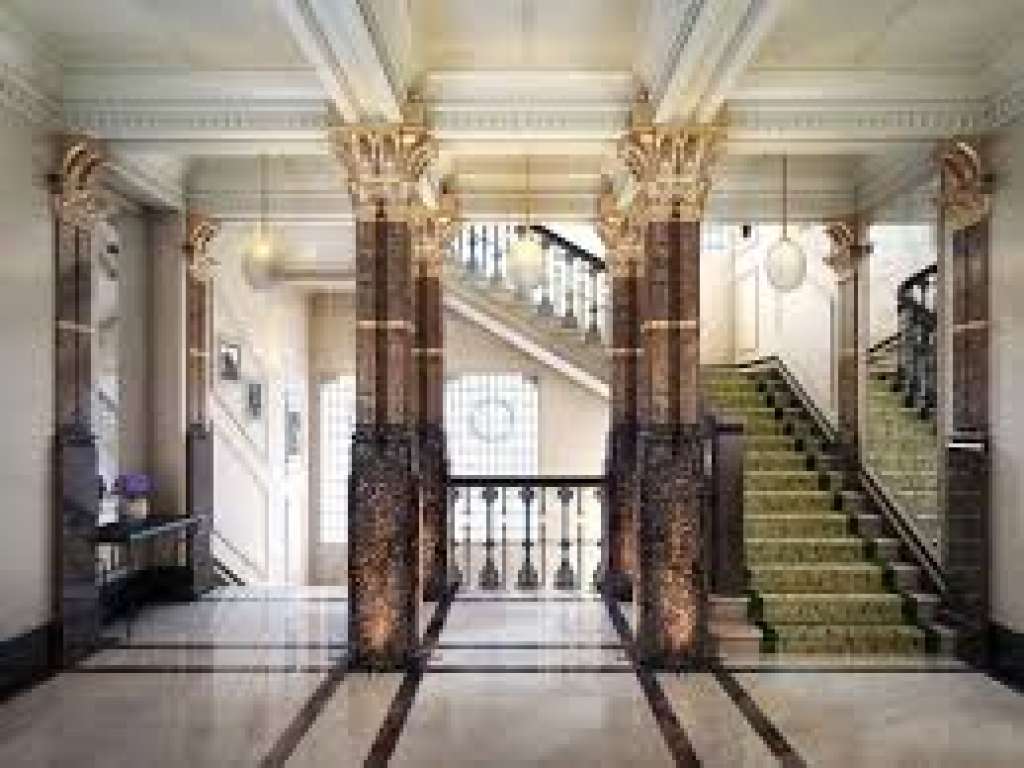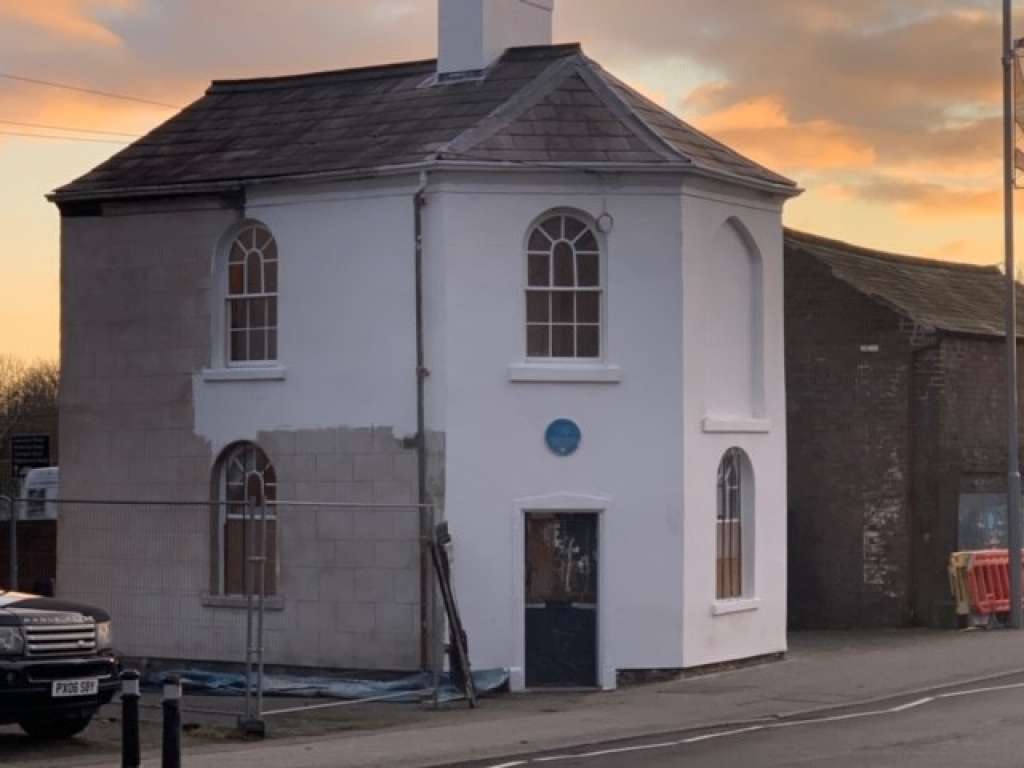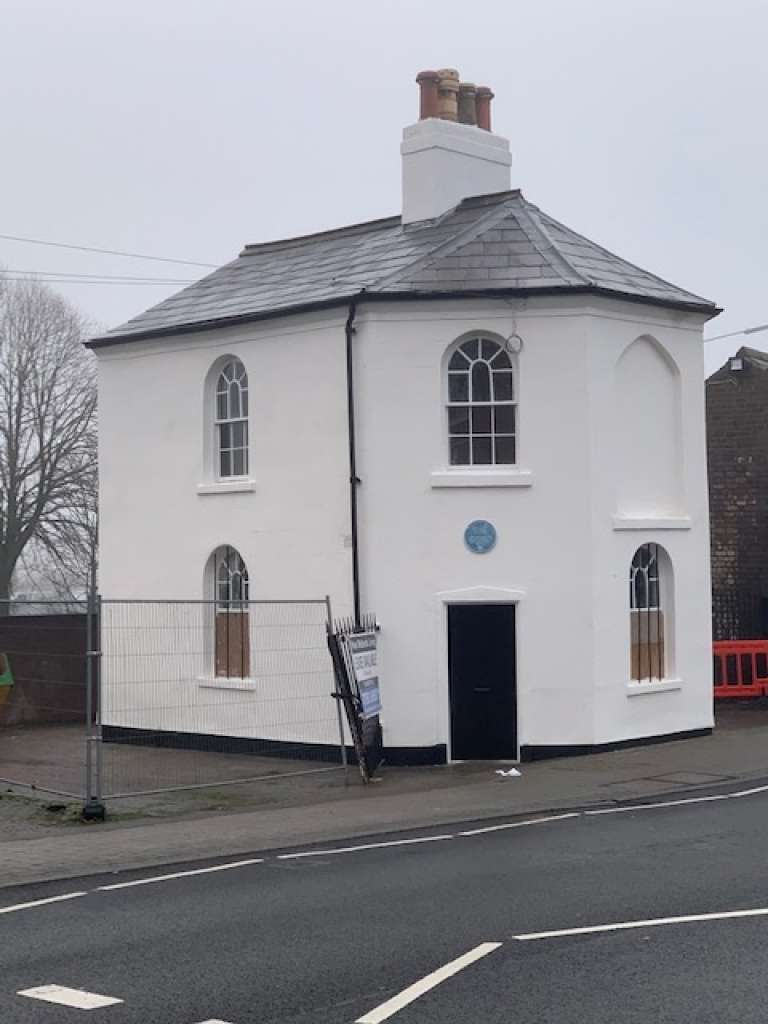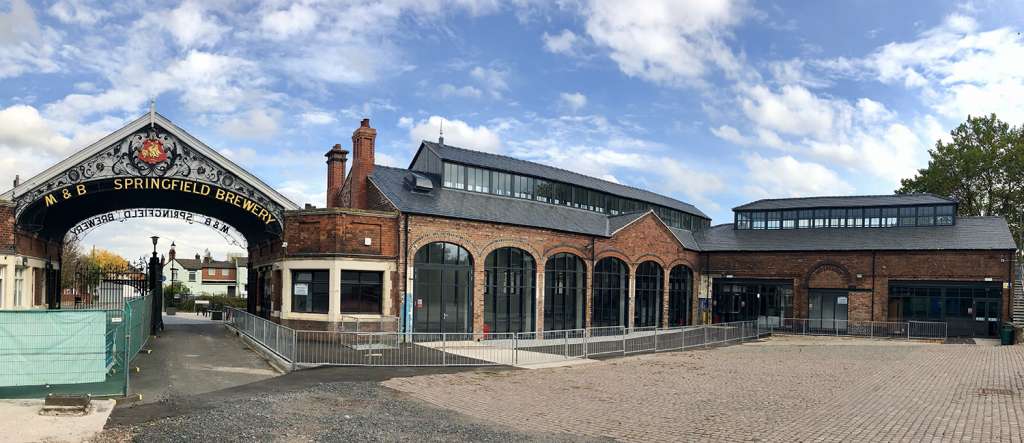Grand Hotels And Tiny Toll Houses - Inspiring Stories From SAVE Britain’s Heritage Buildings At Risk Register.
As part of the update of the SAVE Britain’s Heritage Buildings at Risk Register, we have completed a review of all 177 entries in the West Midlands region. Cheeringly, we've been able to record rescues in 45 of these entries - that's 25% of the entries we held. Here we celebrate what can be done with great determination, vision and hard work through three successful rescues.
SAVE Britain’s Heritage has followed the story of the Grand Hotel in Birmingham since its demolition was averted by a successful spot listing application in May 2004, designating the building Grade II*. Sixteen years later, the hotel has been restored and is due to open fully in the summer of 2020 as a luxury destination and business hotel. There is also retail, restaurant and office space within the building.
Empty since 2002 and shrouded in scaffolding from 2004 for almost ten years, the project to restore the Grand has taken some years and a great deal of hard work to come to fruition. Planning permission and listed building consent were obtained for its restoration as a hotel in 2012.
Grand in both name and its architectural style, this French Renaissance building stands to the north of St Phillip's Cathedral, in the Colmore Row conservation area in the heart of Birmingham. The building was designed by Thomson Plevins in 1876-78 for Hortons' Estates, then a successful local Birmingham property company. Not only does Hortons’ Estates still exist, it is still the owner of the Grand, having played a crucial role in its restoration and rebirth. In 2016 they received a conservation award from The Victorian Society’s Birmingham and West Midlands arm for their work in restoring the exterior.
The cost of the project has been put at £45million, with £6 million (part loan, part grant) coming from The Greater Birmingham and Solihull Local Enterprise Partnership and Birmingham City Council in 2015. Historic England also made some funds available. In 2017 the hotels arm of Starwood Capital Group, a global private investment firm, became a partner in the scheme and the operator of the hotel. It is under their aegis that the hotel will hopefully reopen in summer 2020.
From the grand to the tiny – Smethwick Toll House stands on an Edwardian high street in the suburbs of Birmingham. Dating from 1820, this Georgian toll house has seen the world around it go through huge change, with the coming of the railway followed more recently by a dual carriageway that now sweeps along its back. When we added it to SAVE’s Buildings at Risk register in 2015 it was empty and seemingly no use could be found for it. However, we were delighted to report earlier this year that this charming building is in the course of being repaired. An application was approved to convert the Toll House to business use and the adjoining Coach House to business, professional services or shops, with an extension. The work is on-going. Tiny though it is, great care and consideration has clearly been taken. The Toll House is almost complete and available to let. This redevelopment looks set to preserve and reinvent these wonderful buildings to the benefit of the busy and attractive high street that was later built around it.
Reinvention has also come to the Springfield Brewery in Wolverhampton. Vacated in 1991 after the Mitchells & Butler Brewery moved out, the site suffered an arson attack in 2004. Initial redevelopment plans fell through in 2007 and we put the site on SAVE’s Buildings at Risk register in 2008. Then in 2014, the University of Wolverhampton purchased the brewery and invested a reported £60 million in creating the world’s largest construction education campus. This provides a school for secondary education with a focus on construction and the application of IT in the built environment alongside core subjects. It is a base for the Elite Centre for Manufacturing Skills and the University of Wolverhampton’s School of Architecture and the Built Environment was to transfer to the site as well.
The grade II building dating from 1873 has been retained and incorporated into the development and the distinctive entrance canopy and gates now form the entrance to the campus. In 2016 the West Midlands Construction University Technical College opened its doors to pupils on the site for the first time. We hope they have some good conservation modules!
Following the update, there are now 142 entries (down from 177) on the register in the West Midlands region. This includes entries in Hertfordshire (15), Shropshire (33), Staffordshire (29), Warwickshire (5), the county of West Midlands (38) and Worcestershire (22). There are a few entries where we are still seeking further information and one or two where it has proved impossible to source a photo. We will be adding new entries as well over the next few weeks. We welcome any further information about and recent photos of these buildings as well as nominations for other buildings in need.
Please contact our Buildings at Risk Officer, Liz Fuller, liz.fuller@savebritainsheritage.org.

